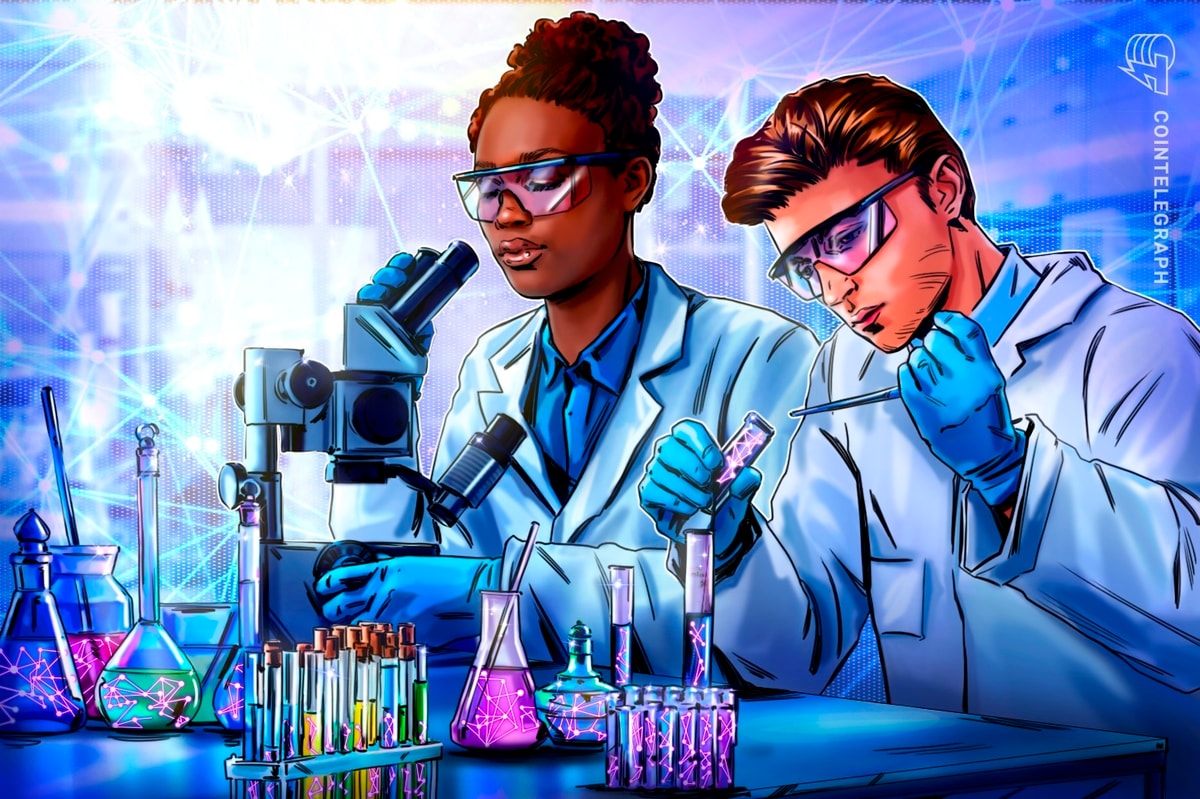Decentralized autonomous organization (DAO) HydraDAO claims that its researchers were able to use a novel technique to repair severed spines in rats.I
Decentralized autonomous organization (DAO) HydraDAO claims that its researchers were able to use a novel technique to repair severed spines in rats.
In a May 5 X post, decentralized science (DeSci) project HydraDAO said that one of its research projects resulted in “rats who had their spines fully transected” being able to walk again. More notably, recovery from surgery reportedly only took five days.
The post featured a video of partially shaved (presumably due to surgery) rats walking in what appeared to be a laboratory setting. The effort in question is the Dowell spinal fusogens project led by Michael Lebenstein-Gumovski, which raised 380,700 USDC (USDC) from donors. The dedicated HydraDAO page reads:
“The Dowell team submitted a project proposal to HydraDAO. After careful consideration and two peer reviews, HydraCore deems it in the interest of HydraDAO’s community.“
Related: Experts to gather in Miami to drive longevity research forward
More than smoke and mirrors?
Fusogens are chemicals capable of fusing cell membranes and have long been researched as a means to reconnect severed nerve fibers. One such chemical is polyethylene glycol (PEG), which was shown to promote membrane fusion and seal axonal membranes in other research.
The Dowell team adds a biopolymer from crustacean shells called chitosan, resulting in a PEG-chitosan compound dubbed neuro-PEG. This compound is also photopolymerizable, meaning it can be rapidly solidified using light.
This presumably allows for creating a solid scaffolding that can weld the spinal cord more permanently than liquid PEG-based solutions. Dowell also implements neuroprotection techniques such as localized hypothermia and cellular death inhibitors to prevent further damage to nerve tissue.
A 2023 research paper by Gumovski published in the peer-reviewed scientific journal Surgical Neurology International claimed that pigs treated with the compound recovered mobility in two months. The study’s conclusion read:
“Neuro-PEG affords sensorimotor recovery after complete spinal cord transection. This opens the door to human experimentation, including trials of spinal cord transplantation.“
The Dowell team also filed a patent for developed technologies, with a 2022 Russian patent describing a “method of restoring spinal cord functions after transection using a PEG-chitosan conjugate,” listing Lebenstein-Gumovski among its inventors.
The HydraDAO proposal suggests that “revenue streams include specialized surgical kits priced between $3,500 and $20,000, depending on the market and region.” Furthermore, the team would also provide “comprehensive training and certification for neurosurgeons and emergency medical services” personnel.
Related: Major scientific journal Nature features DeSci project ResearchHub
Some interesting connections
Gumovski is a neurosurgery researcher based in Russia (Stavropol State Medical University and affiliated institutes). He was a member of Sergio Canavero’s research head-transplant project, cited in at least one relevant paper.
Those articles were also published in Surgical Neurology International, while most top scientific publications shied away from the subject. The neurosurgeon from Turin, Italy, claimed to have performed a successful head transplant on a monkey back in 2016.
The team also experimented on human cadavers in preparation for a 2017 live human head transplant, which never took place. Neuroscientist Dean Burnett said at the time that head transplantation presented insurmountable challenges and that Canavero had “offered no feasible explanation or science for his claims to be able to overcome these hurdles.”
While the Dowell team’s project builds on established research and should not be dismissed outright, it is hard not to notice the similarity in making public claims not unlike those that characterized Canavero’s career. Furthermore, fusogens are well studied and less dramatic but similar results have been reported by other teams in the past (2019 example from the University of Texas).
Will the paralyzed walk again?
The evidence provided is promising, but it is advisable to exercise caution, especially until multiple third-party teams independently reproduce the results.
HydraDAO promised additional electrophysiology experiments and tracing dyes to assess connectivity between the brain and lower spine. This extra data may enhance the credibility of the research results.
Still, further research is needed to assess whether it will result in a clinically viable technique for real-world spinal injuries.
Magazine: DeSci: Can crypto improve scientific research?
cointelegraph.com
